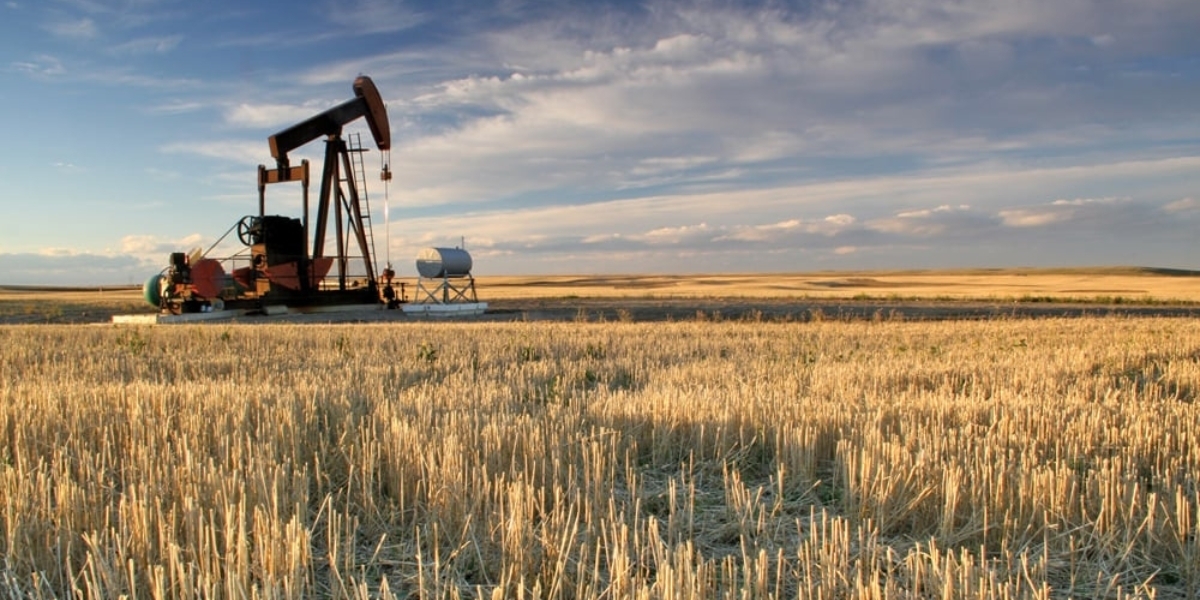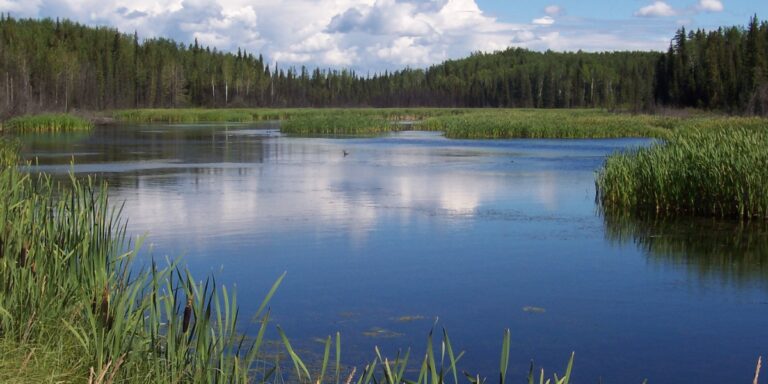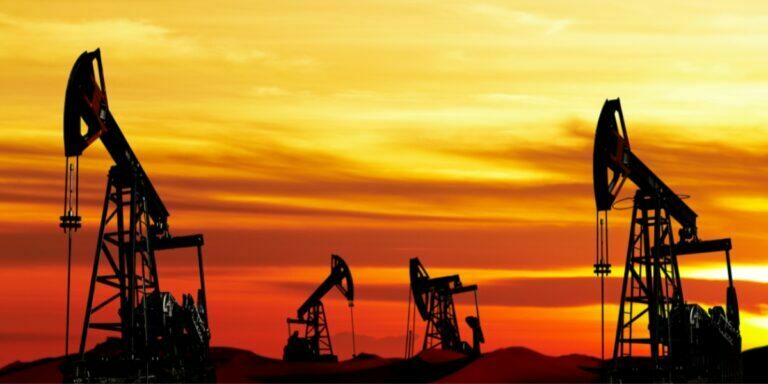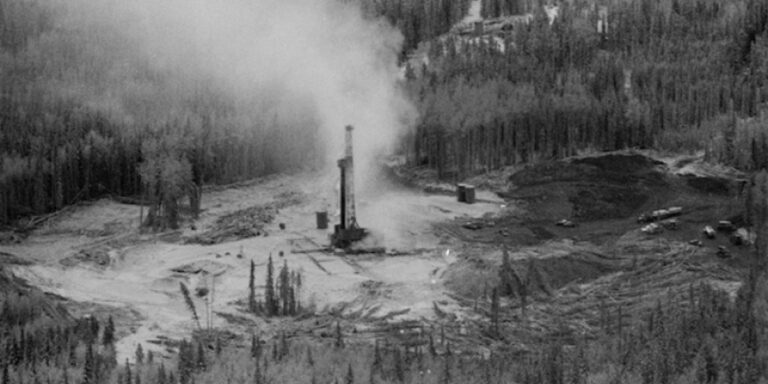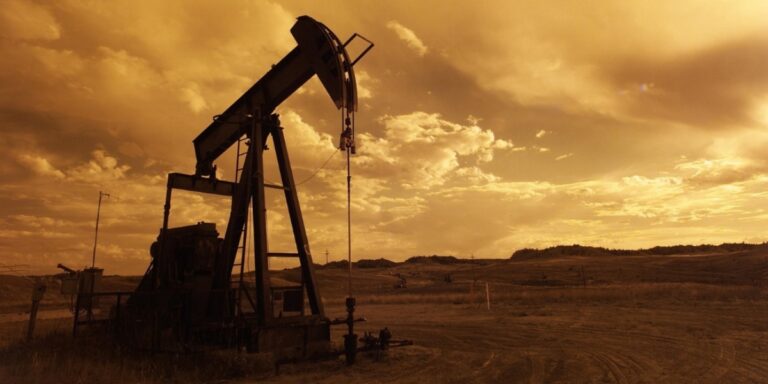No one likes deadbeat dads that skip out and don’t pay their legal obligations. So why has Premier Danielle Smith created a new program that essentially gives profitable oil companies $100 million for doing just that?
If you haven’t heard of her new R-Star proposal before, let’s get you up to speed.
The R-Star project is a new program that could give billions of dollars in royalty credits to oil and gas companies for cleaning up old wells.
The R-Star project will allow oil and gas companies to pay off some of their royalty payments to the Alberta government using these credits.
Oil companies pay royalties to access Alberta’s oil and gas resources.
The credits these companies earn would be equal to the total liability a well represents. In other words, the bigger a pain in the ass a well is, the more credits a company earns for cleaning it up.
With the goal of cleaning up 170,000 of Alberta’s abandoned wells, the R-Star project sounds great, right?
Except these credits will be funded by Albertans, and the companies are legally obligated to clean up these wells–both points that are being swept under the rug.
So why are we giving oil and gas companies money to clean up their own mess?
That’s like paying your kids to clean their own room or giving money to the guy who dented your car’s fender. It doesn’t make sense.
Alberta is supposed to operate on the polluter-pay principle. It’s as simple as it sounds.
We’re Albertans. We believe in personal responsibility. If you make a mess, you are responsible for cleaning it up. That means oil and gas companies don’t need a bailout; they are legally obligated to clean up the wells they leave behind. The government just has to force them to do it.
But what happens when the polluter can’t pay or goes bankrupt?
Unfortunately, nothing. As a result, Alberta has hundreds of thousands of abandoned and orphaned wells. What’s the difference?
Abandoned wells are wells that are no longer needed for oil and gas development. These wells are supposed to be capped and ‘permanently’ sealed by the company that owns them. Sealed means a plug is inserted to help prevent the well from leaking. But that often doesn’t happen.
And sometimes sealed wells leak. When that happens, the owner is supposed to be responsible for repairing it. They are also supposed to clean the site.
What does cleaning up actually mean?
Companies are supposed to remediate and reclaim all abandoned well sites. They are supposed to return the disturbed land to its state before the drilling begins.
But this isn’t happening.
In fact, it seems to be an accepted practice in Alberta for oil and gas companies to offload these liabilities.
That’s where Orphan wells come in. Orphan wells can be in any state–inactive, suspended, abandoned, or even producing. But unlike abandoned wells, orphan wells no longer have an owner. This typically occurs when a well’s owner goes bankrupt.
When this happens, the Orphan Well Association labels the well as an orphan and manages the site until the well has been abandoned and reclaimed.
There are about 459,000 oil and gas wells in Alberta, more than half of which are no longer active.
But somehow, at least 97,000 of these wells–and maybe a lot more–have not been properly closed. Because of this, these wells run the risk of releasing dangerous gasses like methane that can also leak into the surrounding air, soil, and water.
To make matters worse, many of these wells are located near towns and villages, some near schools, which puts public safety at risk.
Abandoned and orphaned wells are not a new problem. It’s been building up for years.
To put a lid on this problem, Alberta created the Orphan Fund Levy (OFL). Through the OFL, oil and gas companies pay a tax to help clean orphan wells.
In April 2020, the federal government contributed $1.7 billion toward this fund.
But virtually no cleanup was done. And now it turns out that almost half of these funds went to just ten companies.
Not just any companies, but ten companies that aren’t having trouble keeping their lights on. Meanwhile, loads of small fish are going bankrupt and leaving behind orphaned wells.
That’s raising tough questions.
“So now I’d like to ask, what exactly did we get for the $102.5 million we gave to CNRL, or the $18 million we gave to Cenovus, or the $16 million we gave to Husky, or the $12 million we gave to Imperial Oil under this federal cleanup plan?” said Senator Paula Simons.
And now, with R- Star, the giveaway will multiply.
Through the R-Star project, companies that don’t need the help will now also get credits toward their royalty payments. As for the companies that do need the help, the R-Star project could hand them a get-out-of-jail-free card. At the expense of Albertans, of course.
But this isn’t a game of Monopoly. It’s our future.
Sonya Savage, Alberta’s former energy minister, states, “The proposal does not align with the province’s royalty regime or our approach to liability management and upholding the polluter-pay principle.”
With the promise of cleaning up Alberta’s wells, the R-Star project looks like a juicy steak at a fancy restaurant. Except when you take a bite, it tastes like it’s been sitting out in the sun for the last two weeks. The worst part is you are still stuck with the bill.
That’s the R-Star project. That’s money out of your pocket going towards cleaning up a mess you didn’t make.
While Albertans pay the price, energy companies are booking record profits.
Is there really no way to clean up the province’s wells while holding oil and gas companies accountable?
EDITOR’S NOTE: This article has been edited to address clarifications raised by readers. The generic featured image has also been changed. The previous photo was intended to broadly represent the oil and gas industry as a whole. The image has since been replaced by an oil rig.

